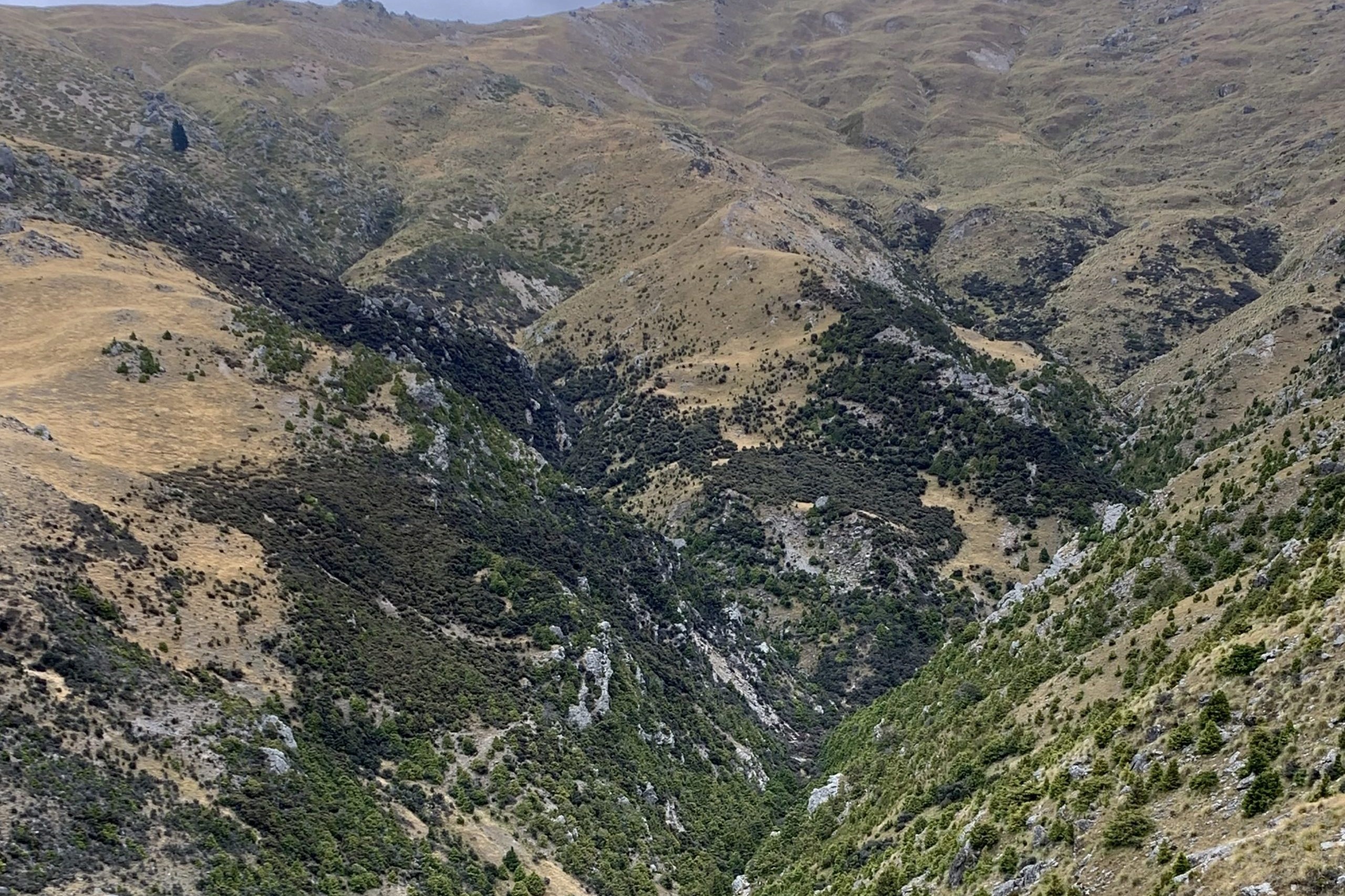Suzie Corboy relishes the growing number of daylight hours, despite the mud and dampness, as we head towards spring.
We are past the winter solstice, although this does not usually relate to having passed the worst of the winter weather. We had very pleasant May weather in the Owaka Valley but June and July have been back to normal. Not cold, like I remember cold in Scotland, but damp and muddy.
On a side note, where I grew up in the north of Scotland, on the shortest day the official sunrise is 9.05am and the sun sets at 3.22pm – only six hours of daylight. This is reversed in mid summer, with more than 18 hours between sunrise and sunset. I was born in the winter: maybe this explains why I never grew very tall – not enough daylight, just like plants (and weeds) don’t grow without sunlight.
It is great to be living in New Zealand, especially when we see how out of control Covid-19 has been in the United Kingdom and many other countries.
We never seem to have enough daylight hours in winter to get everything done on the farm. Sometimes that is not helped by delaying going out in the morning although the thought is usually worse than the reality. That is why we buy good quality wet weather gear. If you are cold or wet, then you are not wearing enough, or good enough, clothing. Well, that is what I get told by Paul if I ever complain!
We also, possibly, are unrealistic about how much maintenance and new permanent fencing we can get done over winter. Just getting all the animals fed is a project by itself sometimes. We have six mobs of cattle on feed crops behind break fences, which all get moved daily, as well as three mobs of ewes on swedes. However, the ewes get breaks that last a few days so, for once in the year, sheep are less work than cattle.
Of course, we could have larger mobs of cattle and fewer fences to shift but there is less wastage if we keep mobs to a maximum of about 75. It means we only have to shift the fence a small number of metres so they trample less feed, especially on wet days.
All this daily work leaves very little opportunity for time off farm in the winter, especially for Paul. I leave him to do the hard work at least 25% of the time while I go to my job as an ambulance officer. When we do have somewhere to go, such as a field day, an appointment or maybe a social occasion (I am being optimistic about the last one), there needs to be prior planning and hopefully no breakouts from behind electric fences.
It is unbelievable what a tangled mess a mob of ewes can make of an electric fence in a swede paddock – not a two minute fix-up – and on our hills you usually need to go home to get a dog as you can’t just ride around them on a four-wheeler to put them back where they belong (not unless you have a death wish) as much of it is not rideable especially when covered in big swede bulbs.
The crops were all sown by helicopter and have varying steepness or rock obstacles. Both Paul and I are getting too old, or sensible, to run around the hill to muster them back in. Why feed a dog and run yourself?
Anyway, I left this column until the last day, as usual, so I must get back to work to make the most of those daylight hours. Let’s look on the bright side – winter will be over soon and it will be lambing and calving time again.




